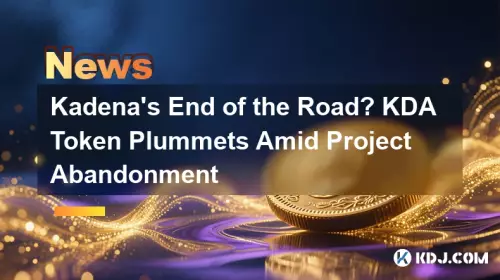In today's blockchain networks, traditional cryptographic methods must be improved to defend against quantum computers capable of rapidly solving

In the realm of blockchain technology, the threat posed by quantum computers to traditional cryptographic methods is a pressing concern. To preempt this vulnerability, quantum-resistant blockchain technology is being developed to safeguard distributed ledger systems.
This emerging class of blockchains aims to protect sensitive transaction details from being compromised by malicious actors utilizing quantum computers. Here, we present an overview of two leading quantum-proof blockchain platforms, each boasting unique strengths in this competitive landscape. Their ability to withstand quantum attacks while maintaining high throughput and scalability will play a crucial role in the future of distributed ledgers.
Introducing Ozone Chain (OZO) and Cellframe
In the arena of quantum-resistant blockchains, Ozone Chain and Cellframe stand out with their distinct approaches to security, scalability, and ecosystem development.
Security: Ozone Chain employs advanced post-quantum cryptography and quantum random number generation to safeguard data against quantum computing threats. In contrast, Cellframe utilizes quantum-resistant algorithms to secure data transmission and storage.
Ozone Chain's独自のconsensual mechanism contributes to high transaction throughput and scalability, while maintaining strong security as performance increases. On the other hand, Cell
Disclaimer:info@kdj.com
The information provided is not trading advice. kdj.com does not assume any responsibility for any investments made based on the information provided in this article. Cryptocurrencies are highly volatile and it is highly recommended that you invest with caution after thorough research!
If you believe that the content used on this website infringes your copyright, please contact us immediately (info@kdj.com) and we will delete it promptly.














































































